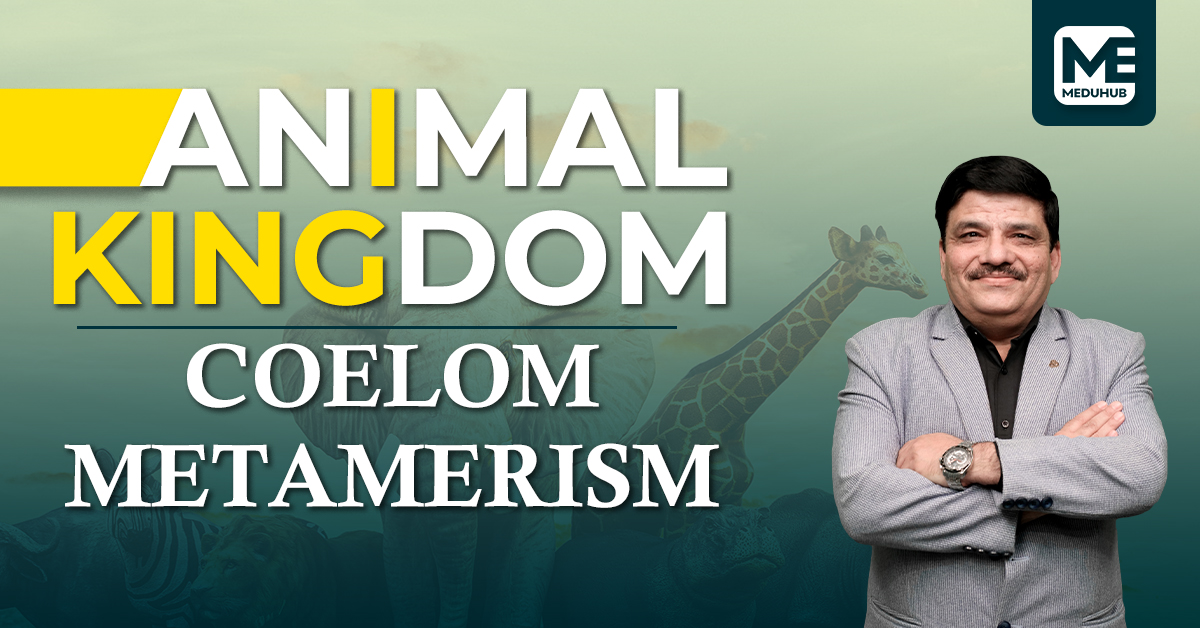
Animals, as eukaryotic and multicellular entities within the kingdom Animalia, display unique characteristics defining their taxonomy. The systematic classification relies on these distinctive features and extends across organizational levels. At the cellular level, fundamental units contribute to the structural foundation of animal organisms. Moving upward, the tissue level integrates cells with similar functions, fostering specialized roles within the organism. The subsequent organ level showcases the collaborative arrangement of tissues, forming discrete organs with specific physiological functions. This hierarchical approach to classification enables a nuanced understanding of the intricate diversity inherent in the animal kingdom.
The coelom, a fluid-filled body cavity situated between the alimentary canal and the outer body wall, is a critical anatomical feature. This mesodermally walled chamber, positioned between the stomach and the external body covering, plays a pivotal role in the structural organization of certain organisms.
The initiation of coelom production takes place during the gastrulation stage of embryonic development, marking a crucial phase in the maturation process. Particularly in Protostomes, a significant developmental mechanism known as schizocoely unfolds, leading to the formation of the coelom. This intricate process underscores the importance of coelomic structures in the developmental trajectory of certain species and highlights the significance of gastrulation in shaping the anatomical complexity observed in diverse organisms.
There are different structural body formations present in animals related to Coelom:
Acoelomates: These animals lack a true body cavity. Flatworms, such as planarians, are examples of acoelomates.
Pseudocoelomates: These animals have a body cavity that is not completely lined with mesoderm-derived tissue. Nematodes (roundworms) are common examples of pseudocoelomates.
True Coelomates: In this group, the body cavity is entirely lined with mesoderm. Most complex animals, including vertebrates and arthropods, fall into this category.
Often referred to as segmentation, Metamerism is a fundamental characteristic observed in many animal phyla. It includes the division of the body into repeated segments, or metameres, each possessing a similar set of structure. This phenomenon is crucial for the evolution of diverse body plans and specialized functions with different segments.
The greatest examples of metamerism can be found in annelids, or segmented worms, arthropods, or insects and crustaceans, and chordates, or vertebrates. These animals can be segmented, with each segment having its own set of muscles, nerves, and appendages that enhance movement efficiency, sensory perception, and overall adaptability.
The hierarchical methodology employed in the classification process, spanning from cellular to organ levels, facilitates a thorough comprehension of the organizational principles governing the distinctive attributes of animal organisms. This discourse assumes paramount significance within the context of NEET-UG, emerging as a focal point in the curriculum. The systematic exploration of cellular and organ levels not only enriches the academic discourse but also lays the foundation for a nuanced appreciation of the intricacies inherent in the biological hierarchy.